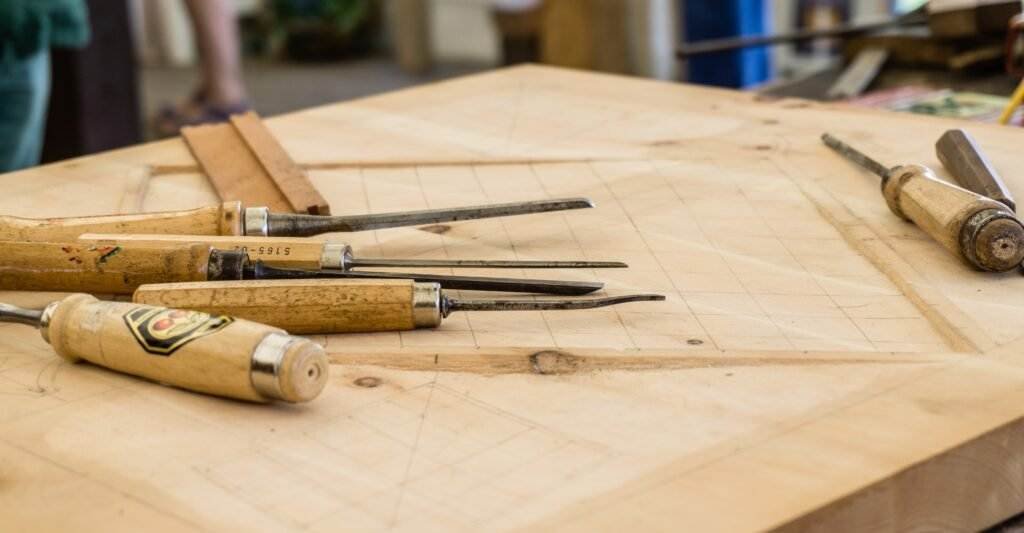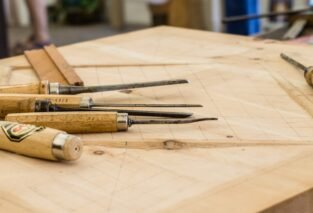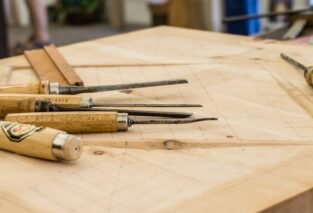In this article, we’ll give you a friendly introduction to woodworking terminology. You’ll learn the basic terms used in the world of woodworking, helping you better understand and communicate within the community. Whether you’re starting out as a beginner or simply curious about woodworking, we’re here to make it easier for you to grasp the terminology. By the end of this article, you’ll have a solid foundation of woodworking terms under your belt, making your future woodworking projects much more enjoyable. Woodworking is a skill that has been practiced for centuries. From crafting intricate furniture pieces to building simple shelves, woodworking offers individuals the opportunity to create practical and beautiful objects out of wood. However, as a beginner, it can be intimidating to embark on a woodworking journey without a basic understanding of the terminology used in the craft. In this beginner’s guide, we will explore some common woodworking terms that will help you navigate through your woodworking projects with confidence.

Common Woodworking Tools
Woodworking involves the use of various hand tools and power tools to shape and manipulate wood. Understanding the different types of tools and their functions will greatly contribute to your woodworking knowledge.
Types of Hand Tools
Hand tools are essential in woodworking as they allow for precise and detailed work. Some common hand tools used in woodworking include:
- Chisels: Used for shaping and carving wood.
- Hand saws: Used for cutting wood into different lengths and angles.
- Planes: Used for smoothing and flattening wood surfaces.
- Hammers and mallets: Used for driving nails and chisels into wood.
- Screwdrivers: Used for driving screws into wood.
Types of Power Tools
Power tools, on the other hand, are driven by electricity or compressed air and can make woodworking tasks faster and more efficient. Some common power tools used in woodworking include:
- Circular saws: Used for making straight cuts in wood.
- Power drills: Used for drilling holes and driving screws into wood.
- Jig saws: Used for making curved and intricate cuts in wood.
- Sanders: Used for smoothing and refining wood surfaces.
- Table saws: Used for making various types of cuts, such as rip cuts and cross cuts.
Understanding how to use these tools safely and effectively is crucial in woodworking. Always make sure to read and follow the manufacturer’s instructions and wear appropriate safety equipment when using power tools.

Understanding Wood Types
Another important aspect of woodworking is having a basic understanding of different wood types. Wood can be categorized into two main types: hardwood and softwood.
Hardwood vs Softwood
Contrary to what their names may suggest, the classification of hardwood and softwood does not refer to the density or hardness of the wood. Instead, it refers to the type of tree the wood comes from. Hardwood comes from deciduous trees, which shed their leaves annually, while softwood comes from coniferous trees, which have needle-like leaves and produce cones.
Hardwood tends to be denser and more durable, making it suitable for furniture, flooring, and other high-quality woodworking projects. Common types of hardwood include oak, mahogany, walnut, and maple.
Softwood, on the other hand, is less dense and more readily available. It is commonly used for construction, outdoor furniture, and general woodworking projects. Some common softwood species include pine, cedar, spruce, and fir.
Common Types of Hardwood






